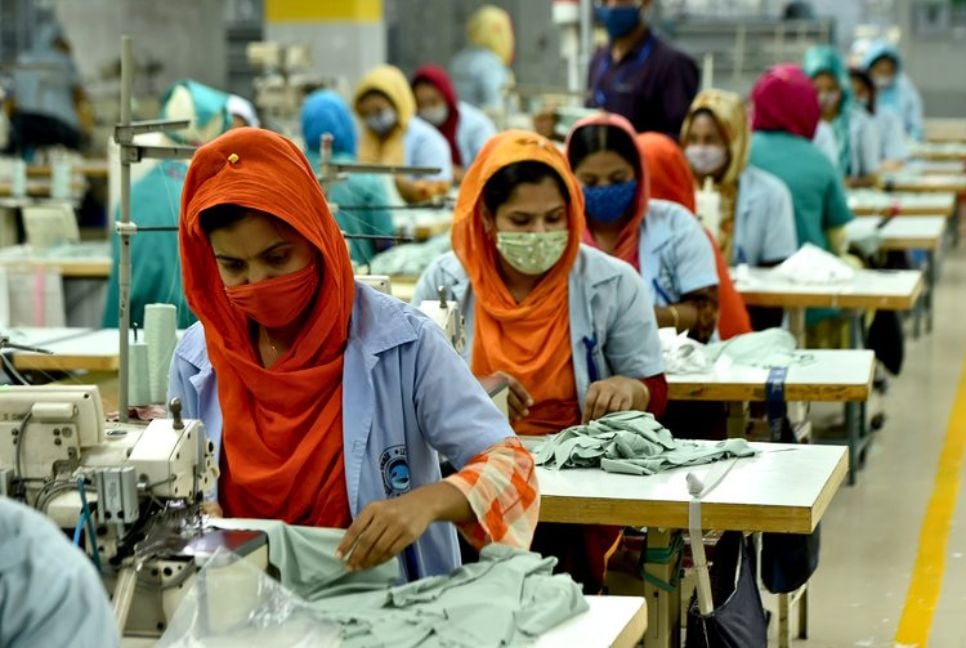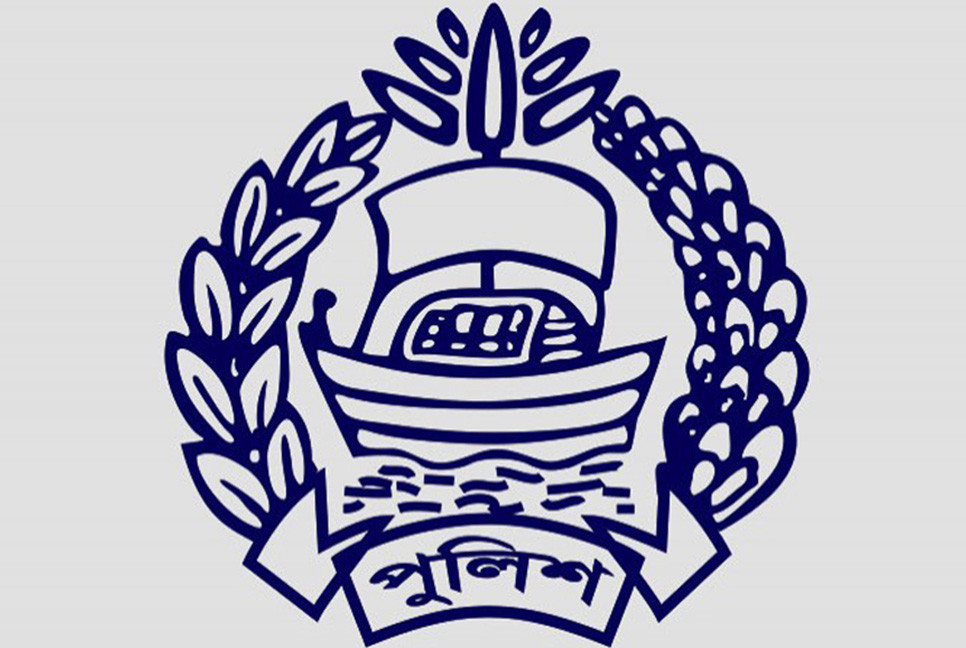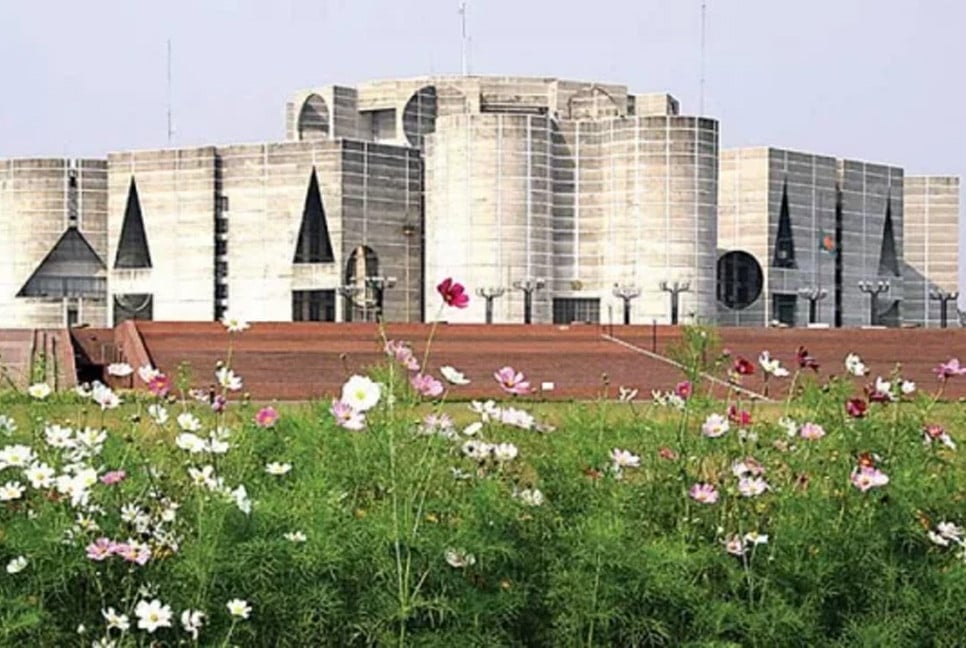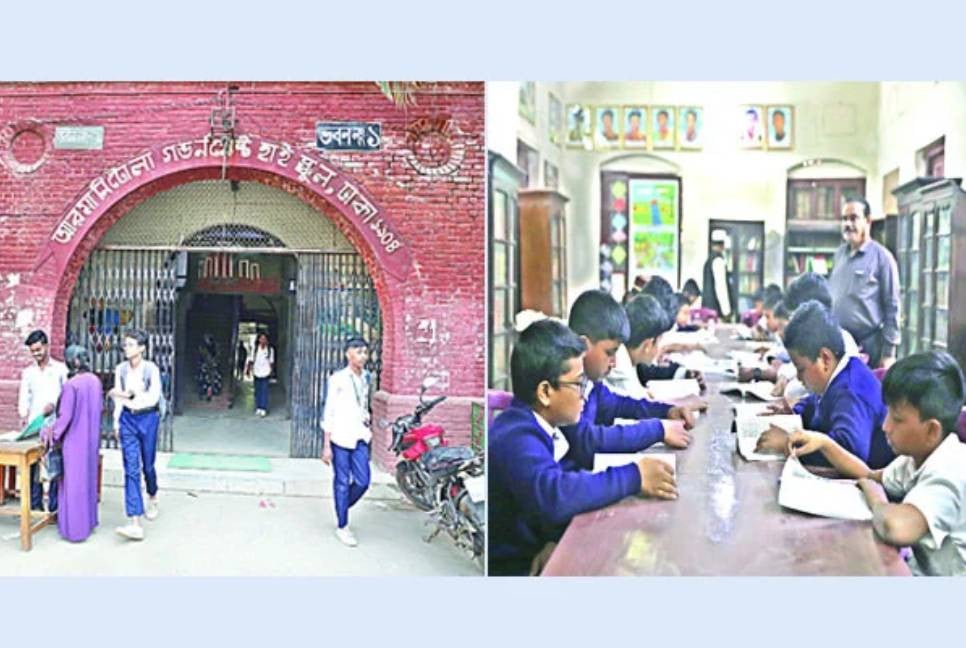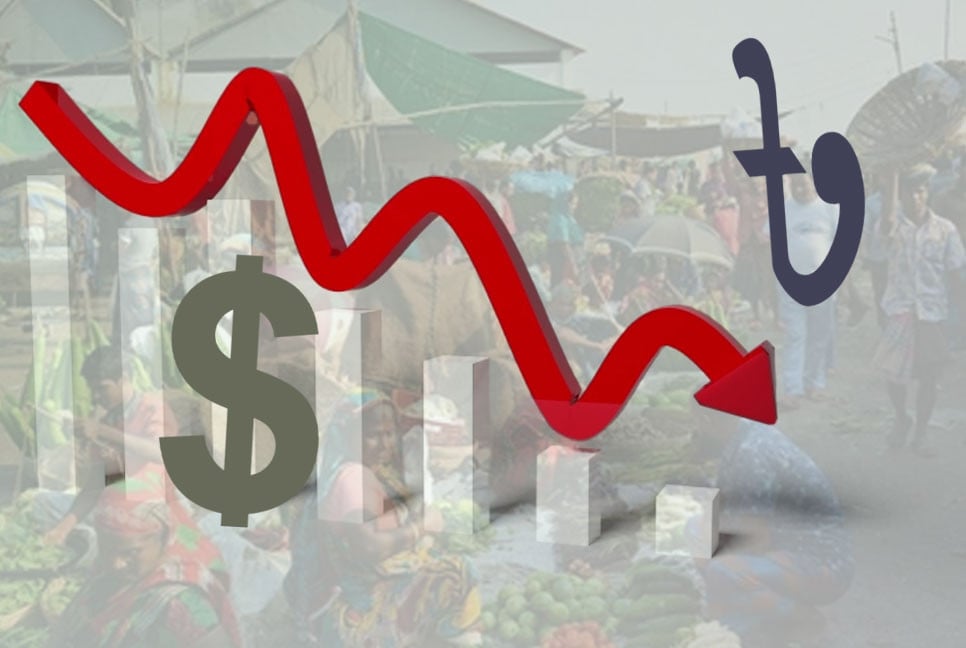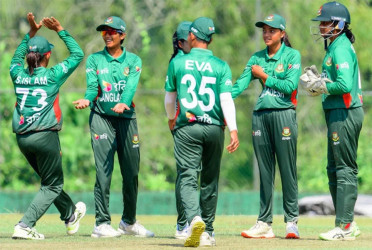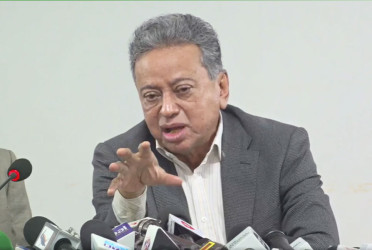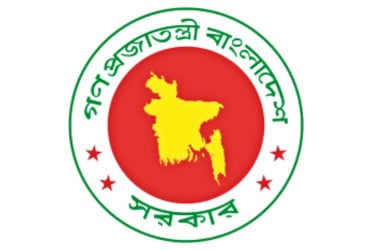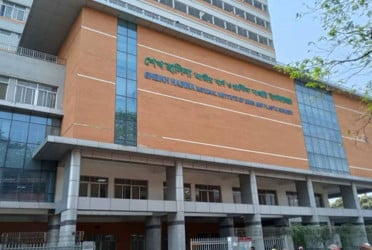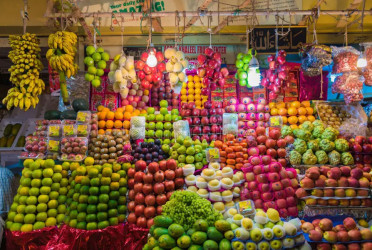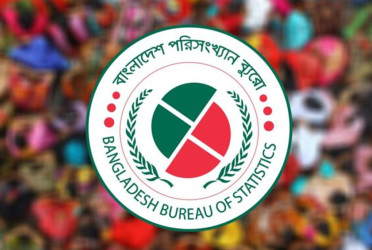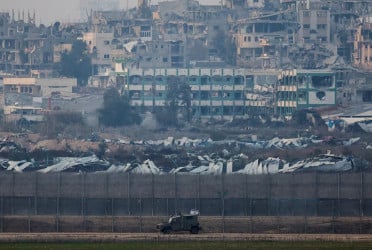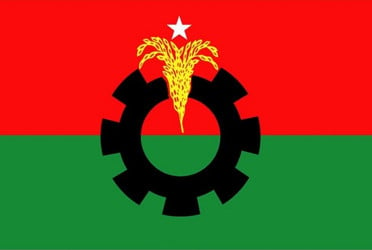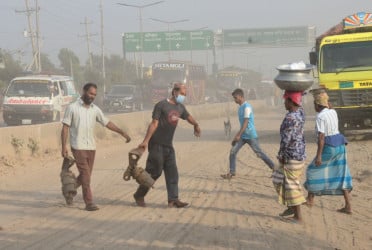Microplastic particles originated from plastic wastages are inducing serious detrimental effect on human and animal health and environment in the country. The experts showed serious concern over its harmful effect, too.
The microplastic particles were spread alarmingly in Pashur, Rupsha and Mongla— the three main rivers in the Sundarbans region. As a result at least 17 species of fish and 3 species of shellfish have been contaminated with it.
The plasrtic particles of less than 5 mm are known as microplastic and fish or shellfish can easily swallow that. Those particles got diffused in fish body consequently enter into human body, creating serious health problems for them. Recently, such information was revealed in the report published on ‘Science of the Total Environment’ journal.
The same information was revealed after studying the Karnaphuly River of Chattogram, the commercial capital of the country. According to the research, plastic waste turned Karnaphuly into a river containing serious pollution. 40% of the plastic waste created in the city falls into this river. After it, comes The Rupsha River, situated in south-western part of the country, where falls 31.3 % plastic waste of Khulna city. Recently, the Chattogram Sea Port Authority has stopped a dredging project halfway because of 7 meters high pile of plastic wastage.
Furthermore, Center for Policy Dialogue (CPD) has published an analysis of secondary data as part of their ‘CPD-Green Cities Initiative.’ According to the report, not only Pashur, Rupsha or Mongla, but also the rivers in and around Dhaka are suffering from serious plastic waste pollution.
Professor of Biology department of University of Dhaka, Dr Gawsia Wahidunnesa Chowdhury told The Bangladesh Pratidin, “Entering into food-cycle, the microplastic is bringing detrimental effect on aquatic animals and human irrespectively. Huge amount of plastic wastage are being thrown into the rivers and human are becoming the worst victim of this man-made danger. We’ve to change our habits of throwing plastic waste everywhere. The authorities concerned should come forward to manage wastage wisely.”
About the presence of microplastic particles in the water of three rivers of Sundarbans, a big joint research has been conducted by Jahangirnagar University, Bangladesh University of Professionals, Food Safety and Quality division of Bangladesh Atomic Energy Commission, Institute of Analytical Research and Services under Bangladesh Council of Scientific and Industrial Research, along with three universities of Brazil. The research report stated, 141 specimens of 20 species had been collected from Pashur, Rupsha and Mongla rivers of Sundarbans region according to the guideline of European Food Safety Authority. The presence of microplastic was alarming in the gastrointestinal (GI) tract of those fishes of 20 species, which was counted as 7.33 to 205.61 particles per gram. In their muscle, the presence was 5.37 to 54.30 micro-particles per gram.
The maximum presence of micro particles was found in the muscle of Harina prawn, which was 54.30 per gram. Chemo fishes were the highest amount of micro particles bearer in GI tract, which was 205 per gram.
In the research it’s also stated that if an adult person consumes 300 grams of fishes per week, he consumes 74,282 micro particles of plastic as well. And if the any child consumes 50 gram of fish per week, then each year they have to take in 280 microplastic particles. Polythene and plastic particles are in the list of 10 items that create toxin carcinogen and if it enters into human body too much, then risk of being attacked by cancer increases. Besides, if its layered in GI tract of human, then the digestive system doesn’t work properly. It also affects liver and kidney.
According to the information of research conducted by ‘CPD-Green Cities Initiatives,’ among the most-effected rivers from plastic pollution, there’re Kirtonkhola (7.1%), Shandhya (6.5 %), Nar (4.1 %), Meghna (3.3%), Kaliganga (2.5%), Baleshwari (2 %) etc.
CPD research said, each year around 1 million ton of plastic waste falls into the water-bodies of coastal area. In Dhaka, 646 tons of plastic waste is produced each year, among which 12% goes into water-bodies.
@The report was published on print and online versions of The Bangladesh Pratidin on January 31 and rewritten in English by Lutful Hoque



